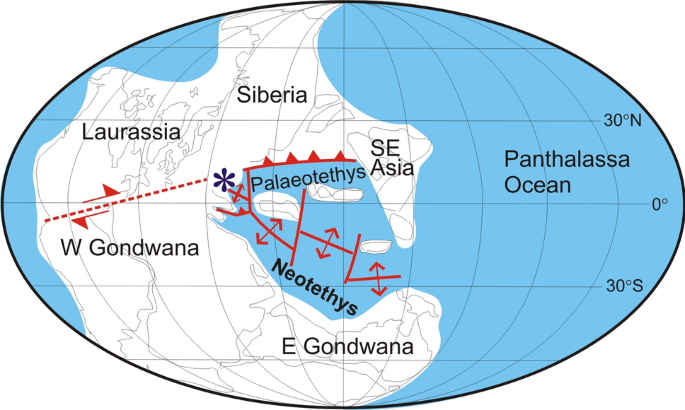新特提斯西端中三叠统大陆裂陷起裂的沉积特征匈牙利东北部硅质推覆体和托尔纳推覆体的推断:综述
IF 1.7
3区 地球科学
Q1 GEOLOGY
引用次数: 2
摘要
本文章由计算机程序翻译,如有差异,请以英文原文为准。

Sedimentary aspects of the onset of Middle Triassic continental rifting in the western end of Neotethys; inferences from the Silica and Torna Nappes, NE Hungary: a review
求助全文
通过发布文献求助,成功后即可免费获取论文全文。
去求助
来源期刊

Facies
地学-地质学
CiteScore
3.70
自引率
5.60%
发文量
15
审稿时长
>12 weeks
期刊介绍:
The journal is open to papers dealing with the interpretation of ancient and modern biotopes and carbonate depositional environments by means of facies analysis in its broadest sense. Once the central part of research in hydrocarbon exploration, facies analysis more and more integrates modern and ancient biogeological processes of a changing earth. Special emphasis is laid on paleobiology and -ecology, basin evolution, sedimentology including diagenesis and geochemistry, as well as studies emphasising the impact of life on earth history. The main part of the target group will be people in academia.
 求助内容:
求助内容: 应助结果提醒方式:
应助结果提醒方式:


